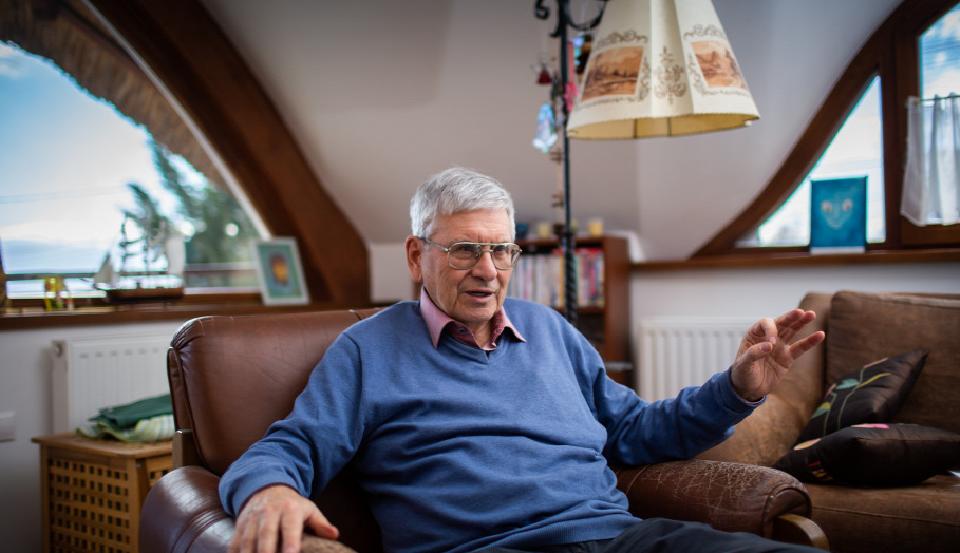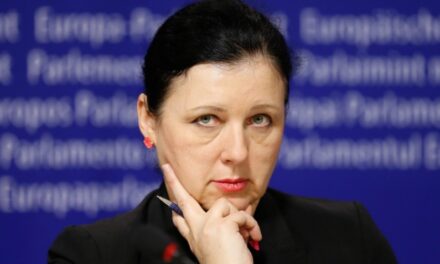Russia is considered by many in the West to be weak, as it does not want to destroy its neighbor, which it considers a brother, like, say, America did Iraq.
Belarusian President Alexander Lukashenko and Russian President Vladimir Putin have both acknowledged that some tactical nuclear warheads have already arrived in Belarus, and the rest will be in place by the end of the year. In this regard, there is more and more talk about how and where Russia could use nuclear weapons, and hundreds of commentaries are appearing on the imagined possibilities, going back to Herman Kahn, the famous strategic planner of the RAND Corporation and the Hudson Institute, who wrote on this subject back in the 1960s until his studies. This classic, 281-page material can be downloaded here
Kahn in this study mainly deals with possible losses and the costs of reconstruction, more from a technical than a political point of view, although the assumption is that the Russians attack, but the study treats the two potential warring parties in the same way, it is not characterized by the instructor , condescending, hateful style, as we find in the majority of current analyses, although the Soviet Union was still considered an opponent of the same rank at that time.
But let's switch right away to the present, namely to the extensive article or rather study published recently (June 20) in the famous American magazine The Atlantic However, let's say this much about the newspaper, that it was founded more than a century and a half ago, it came into the hands of its current owners at the end of the last century, when due to financial difficulties, the former owners were forced to sell it to a businessman named David G. Bradley, who then sold the paper to the interests of the "deep state". put him in his service, for example, he fiercely attacked Trump even during his first election. We mention this story because American newspapers such as The New York Times, The Washington Post , etc. his usual career.
Eric Schlosser is not an expert, but rather a chronicler of ideas about how to fight a nuclear war. In his article, he presents the opinions of several experts, whose common opinion is that the danger of nuclear war is increasing and is the greatest since the Cuban Missile Crisis. The deployment of the atomic bomb was envisioned roughly in the following stages:
1. for demonstration purposes only in the Black Sea, 2. to decapitate the Ukrainian leadership, 3. against a Ukrainian military base and 4. to destroy a Ukrainian city to instill fear and force the Ukrainians to surrender.
According to experts, the response of the Biden administration would be based not only on how Russia uses nuclear weapons against Ukraine, but also, more importantly, on how the American response could affect Russia's future behavior. Would it encourage Putin to back down — or to double down? Anticipating and managing the escalation of conflict has always been at the center of Cold War debates about nuclear strategy. At the time, Herman Kahn developed a 44-step escalation ladder, where the lowest level was non-hostility and the highest level was nuclear annihilation.
At each step, there was time to think about whether the chicken-game would continue, that is, who would be the coward (chicken) who would mislead the government.
According to American military expert and former senator Sam Nunn (1938–), if Russia deploys nuclear weapons in Ukraine, American nuclear retaliation should be the last resort. Instead, he favors some kind of horizontal escalation, doing everything to avoid a nuclear confrontation between Russia and the United States. Nunn served in Germany during the Cuban Missile Crisis and saw the pilots of NATO planes equipped with hydrogen bombs sitting next to their planes waiting for the order to attack. As a politician, he later did everything to avoid nuclear escalation.
There is little data on how much destruction a tactical or strategic nuclear bomb actually causes.
The Russians have conducted hundreds of tests using various sizes of tactical nuclear weapons, some of them for civilian purposes such as digging beds. In the 1970s, small atomic bombs were used twice, namely in mines in the territory of Ukraine, to suppress gas leaks. The surest benchmark so far was the atomic attack on Hiroshima, which used a 17-kiloton bomb, which you have to imagine was 3.6 meters long and 0.7 meters wide and weighed 4 tons. It was detonated at a height of 600 meters and leveled everything in a 1.2 kilometer radius, and caused considerable destruction in a 5 kilometer radius. The number of dead was approximately 70,000, later including those who died as a result of wounds and radiation contamination, the number of dead can be increased to approximately 140,000. At the same time, the reinforced concrete buildings and the people in them, located just a few hundred meters from the epicenter of the explosion, also survived the explosion.
The explosive power of tactical nuclear weapons can range from a tenth of a kiloton to a few dozen kilotons, and their destructive power can be derived - in the absence of data - from the data of the Hiroshima bomb assuming direct proportionality, that is, a tactical nuclear weapon that, say, of 5 kilotons, would cause almost complete destruction in a 300-400 meter radius.
However, such a large area can be easily destroyed with conventional weapons, which is why small-scale (tactical) nuclear weapons have more of a psychological effect. Dresden, for example, would have been better off if, instead of the three-day carpet bombing (80-100 thousand dead), an atomic bomb the size of Hiroshima was dropped on it. From the Russian point of view, the use of tactical nuclear weapons does not make much sense, the military goals do not justify it, and the political damage can be very great.
Nuclear weapons are mentioned by Russia because in this respect Russia represents roughly the same force as NATO, but in the case of conventional weapons, NATO's superiority is many times greater. However, in order for this superiority to prevail in practice, NATO would have to attack Russia on land, through Poland, the Baltic States and Finland, for which only mercenaries (Western equivalents of Wagner, such as Academi) are not enough, for this they would need to use NATO's regular force, that is
then NATO would be directly at war with Russia, and then the question can be asked, why?
The starting point after the Cold War was that NATO would not expand an inch to the east, in comparison the former socialist countries became NATO members very quickly, against which the Russians constantly protested, but the red line was Ukraine's NATO membership, which for the Russians, it is more than Mexico asking to join the Warsaw Pact after Zócalo protesters overthrow a pro-American government with Russian help. Even Kissinger, an enthusiastic supporter of NATO expansion, said to leave Ukraine alone:
"The West must understand that Ukraine is not a foreign country for Russia. Russian history began with the Kievan Rus, and the Russian religion spread from there. Ukraine has been part of Russia for centuries, and their histories have been intertwined even before that. The most important battles of the Russian War of Independence, starting with the Battle of Poltava in 1709, took place on Ukrainian soil."
While for America Ukraine's NATO membership is only a matter of prestige, from Russia's point of view Ukraine's neutrality and the retention of the Black Sea military base are vital. Ukraine could have kept its 1991 territories if it had chosen neutrality, like Finland after the Second World War, and had given the Crimean base to Russia on a perpetual lease, and had also respected the cultural needs of a large number of nationalities. There was an intention to do so, but - there is the money (five billion dollars) - they were successfully dissuaded from it.
Russia is considered by many in the West to be weak, as it does not want to destroy its neighbor, which it considers a brother, like, say, America did Iraq. Because of this, some of the Russian soldiers are also mutinous, and Prigozhin's movement also indicates this. For the time being, however, Putin's Kutozov plan is valid: the enemy will grind itself to a pulp. If Putin fails and Prigozhin's thinkers win, Stalin's methods will be used: mobilization and full force. Today, the Russian hinterland practically does not feel the war, while Ukraine gathers conscripts in the streets and sends them to the slaughterhouse.
Russia does not need to drop a nuclear bomb on Ukraine, the Ukrainians themselves will do it with their irrational policy.
Károly Lóránt is an economist and advisor to the National Forum
Featured image: Magyar Hírlap













